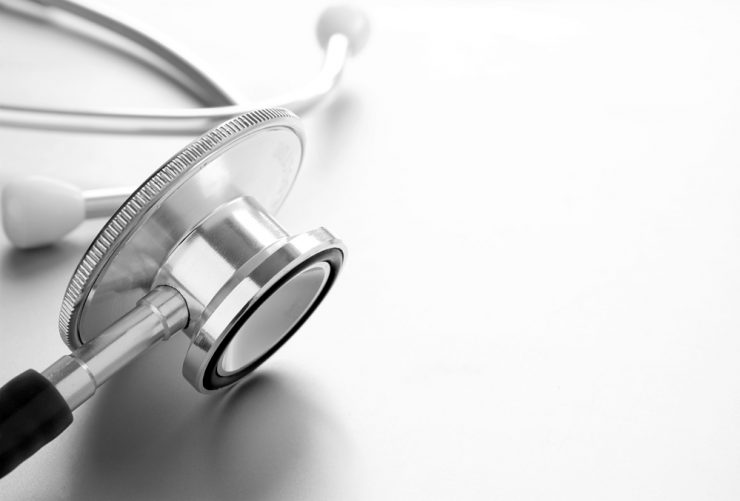Atherosclerosis happens when the arteries become narrow due to deposition of fatty substances known as plaques and become hardened . This will reduce the blood supply through the arteries.
Atherosclerosis can cause the improper functioning of the vital organs due to lack of proper supply of blood. Lack of blood supply can result in the death of the tissues which in turn can cause bacterial infection called the gangrene.
Atherosclerosis can lead to the development of peripheral arterial disease where the blood supply to legs is blocked and hence causing pain, strokes, heart attacks or myocardial infarction, heart diseases and deep vein thrombosis where blood clots develops in blood.
Some of the major triggers of Atherosclerosis include hypertension, diabetes, excessive intake of food having high levels of fat, excessive smoking and misuse of alcohol.
People over the age of 40 have higher chances of developing this condition as the arteries tend to get harder naturally.
The prevention of atherosclerosis is done by regular exercising, regulating the intake of alcohol, reducing or avoiding cigarettes and having a healthy diet.
Symptoms
The blocking of the arteries in the limbs is termed as the peripheral arterial disease, which is mainly characterised by cramping and severe pain in the legs while walking.
Other common symptoms which characterise the presence of Atherosclerosis are the toenails getting thicker, loss of hair from the limbs, change of skin colour of the legs, weakness of the leg and numbness in the legs.
Atherosclerosis can lead to myocardial infarction. The symptoms for myocardial infarction are breath shortness, mild chest pain or at times severe central chest pain, dizziness, sweaty, clammy grey complexion, coughing, restlessness, nausea, vomiting, general unwell feeling and fear that one is going to die.
If the carotid artery is blocked, it can result in a stroke, which is characterised by numbness down one side leading to a complete paralytic situation, dizziness, problems in communication, coordination and balancing problem, difficulty in swallowing, weakness of the face resulting in drooling of saliva, headaches and being unconscious.
A person may be subjected to the development of a mini stroke or transient ischemic attack if he develops a block in the carotid artery. Even though the symptoms of this condition is similar to that of a stroke, they are temporary.
Causes
Some of the common triggers of Atherosclerosis–related conditions are foods containing very high saturated fat content like cakes, biscuits etc, very high level of cholesterol intake, lack of exercise, obesity, excessive smoking, excessive alcohol intake, hypertension and high level of diabetes.
Treatment
Anti-platelets drugs are used to help reduce the forming of blood clots.
Medications for hypertension will be administered to lower the level.
Statins will be prescribed in case there is high cholesterol level.
Endarterectomy is done to remove the deposits of fatty acids in arteries.
Angioplasty is DONE for treating the arterial blockage.
Bypass surgery may be performed for treating arterial blockage near the heart.








